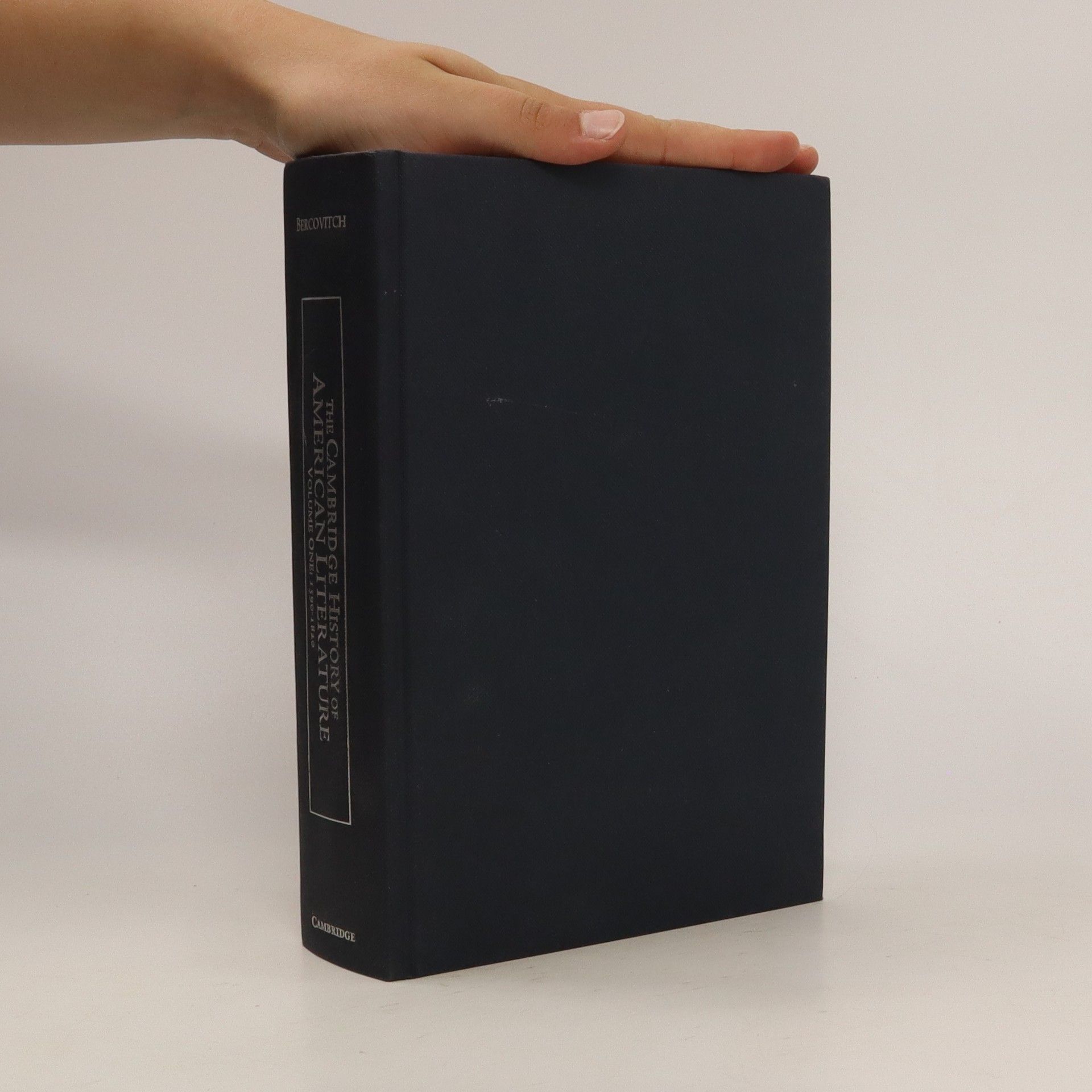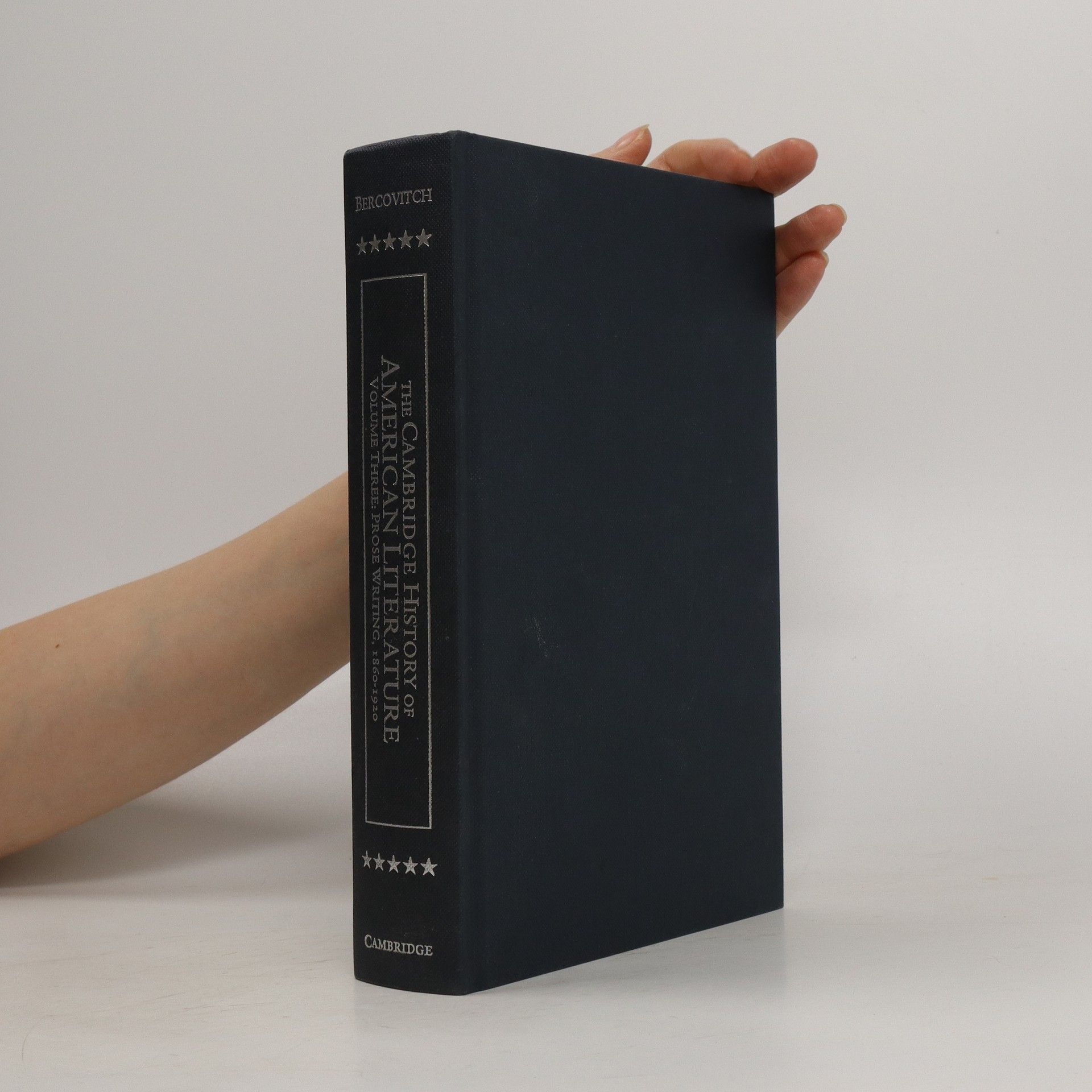The Cambridge History of American Literature addresses the spectrum of new and established directions in American writing. An interdisciplinary distillation of American literary history, it weds the voice of traditional criticism with the diversity of interests that characterize contemporary literary studies. Volume 1 covers the colonial and early national periods, discussing authors ranging from Renaissance explorers to the poets and novelists of the new republic. It should prove an indispensable guide for scholars and students in the fields of English and American literatures and American history.
Historia de la Literatura Estadounidense de CambridgeSerie
Esta serie exhaustiva se adentra en el rico y variado panorama de la literatura estadounidense. Cubre un amplio espectro de movimientos literarios y autores que han dado forma a la escritura estadounidense a través de las generaciones. Las obras analizan críticamente enfoques tanto tradicionales como contemporáneos, ofreciendo profundas perspectivas sobre la evolución de la crítica literaria en los Estados Unidos. Presenta un panorama amplio pero detallado de la historia literaria, apreciando tanto la continuidad como la disrupción.
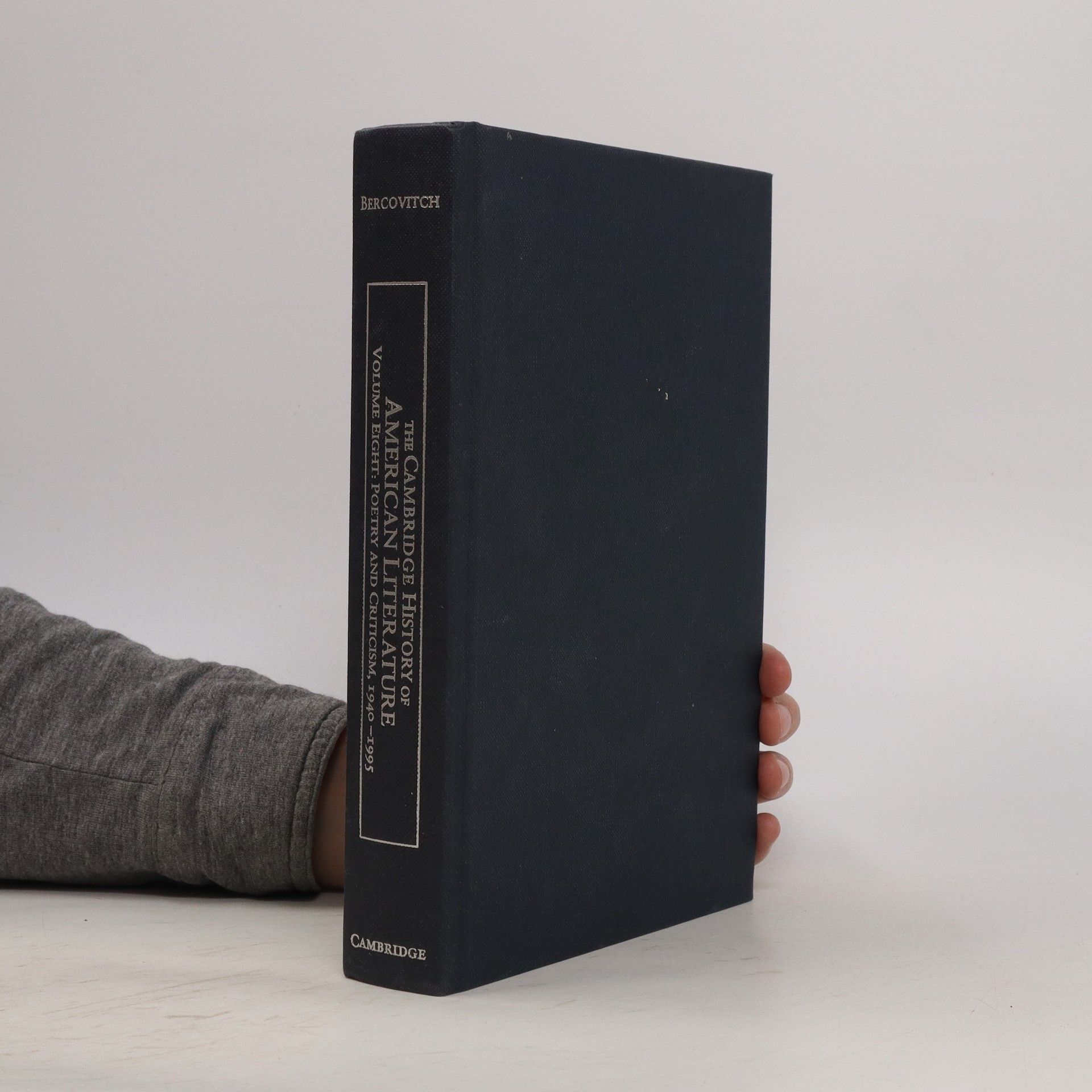
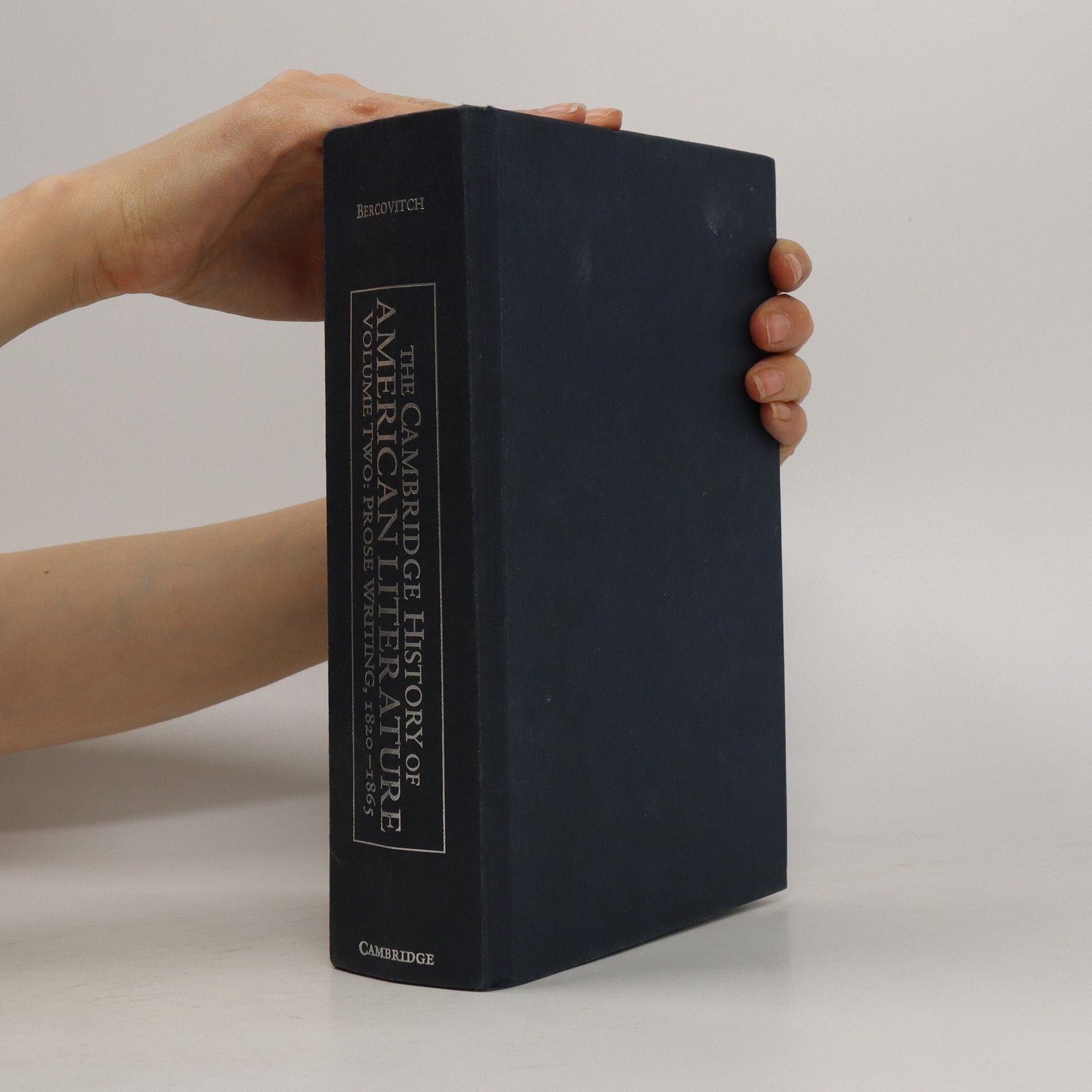
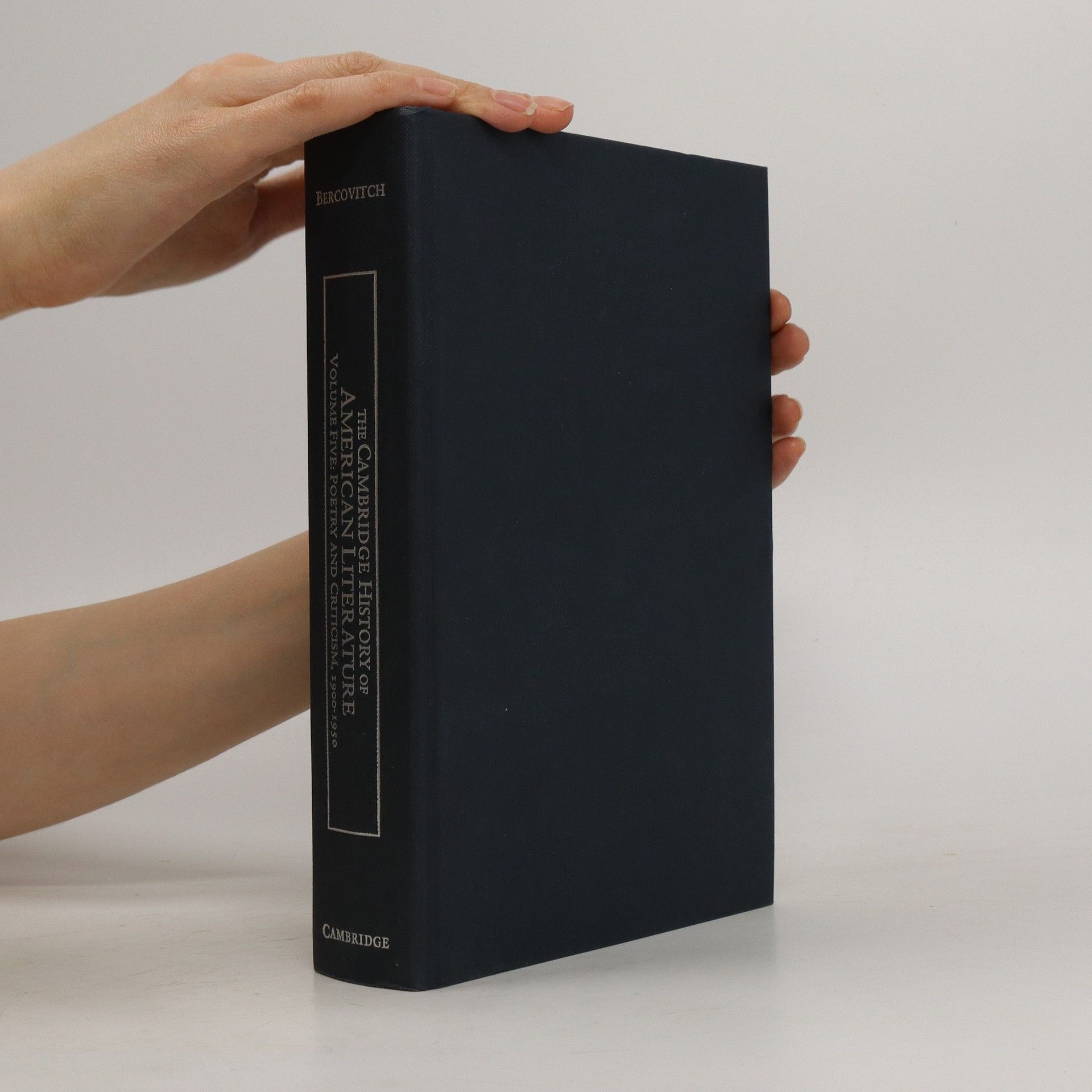
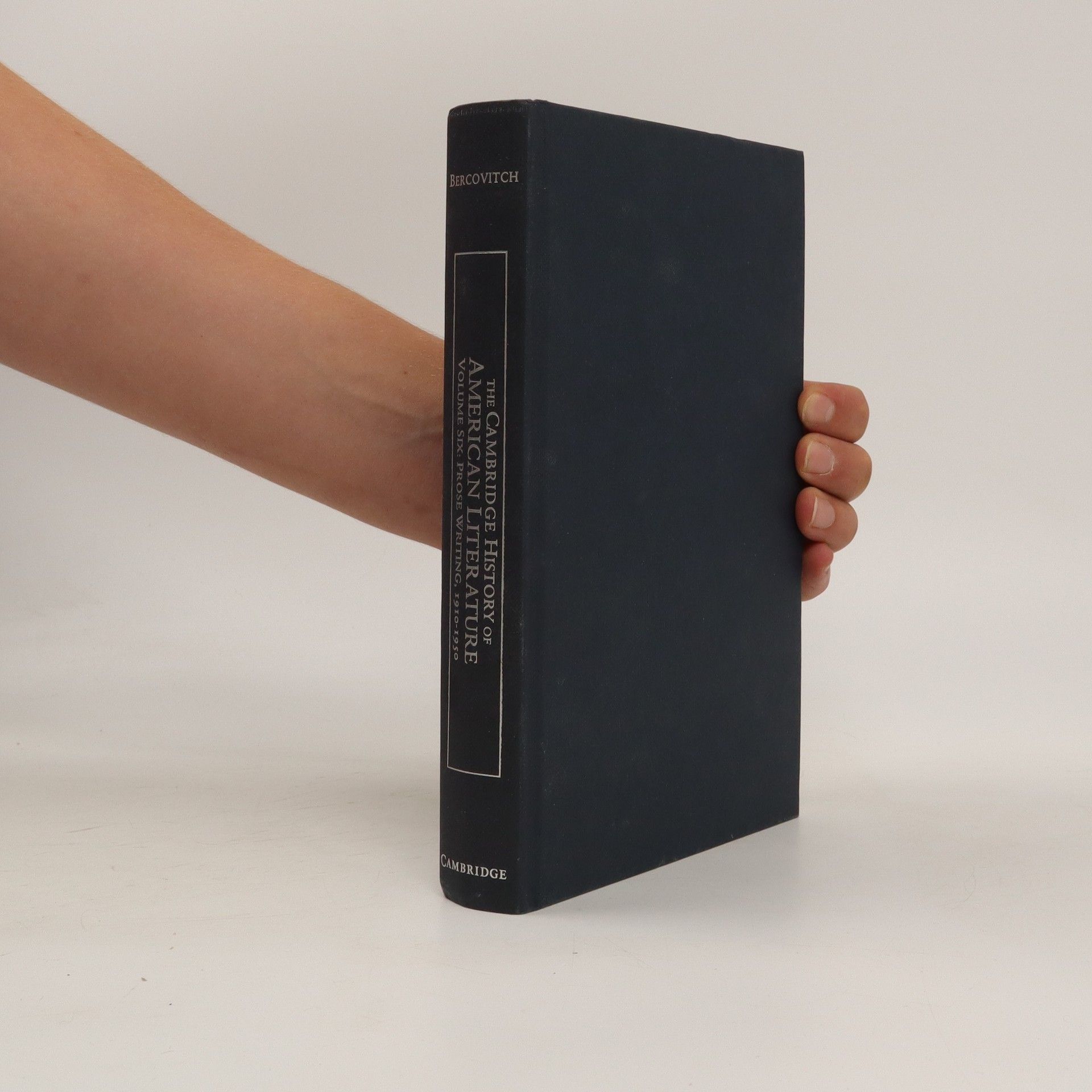
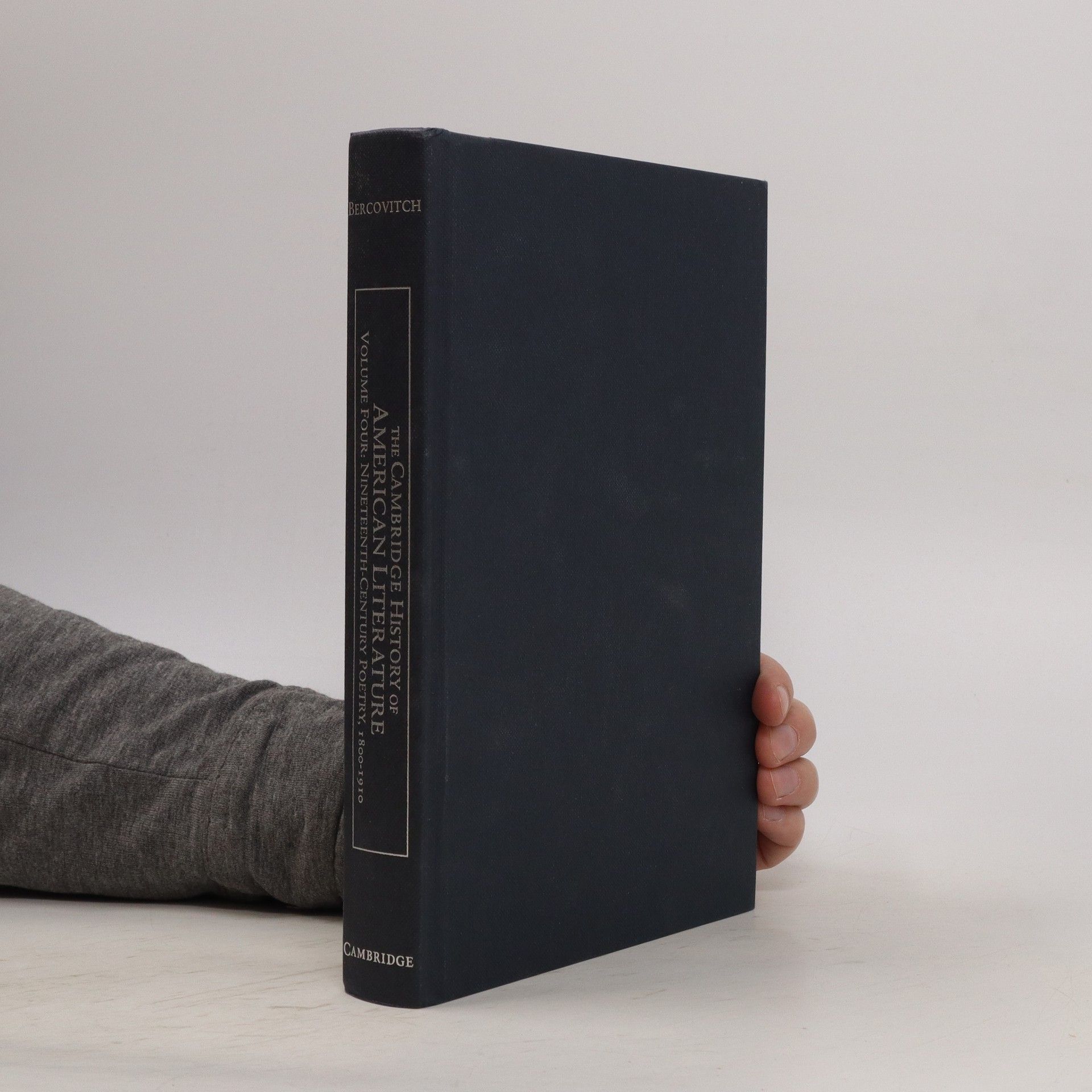
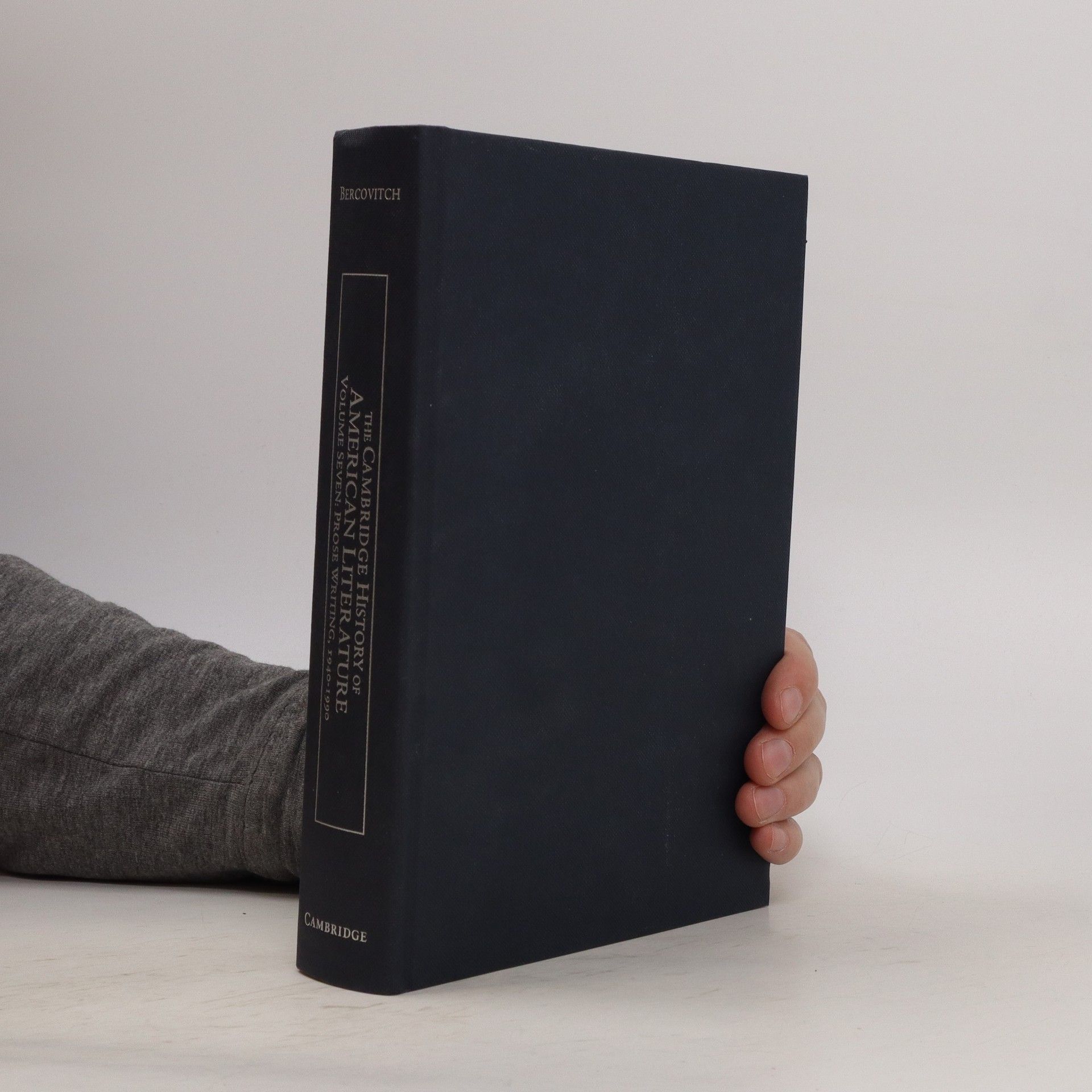
Orden recomendado de lectura
- 1
- 2
The narratives in this volume make for a four-fold perspective on literature: social, cultural, intellectual, and aesthetic; they constitute a basic reassessment of American prose-writing between 1820 and 1865. These narratives place the American literature in an international context, while never losing sight of its distinctive American characteristics, whether colonial, provincial, or national. Together, they offer a compelling and comprehensive revision of the literary importance of early American history and the historical value of early American literature.
- 3
Volume 3 covers a pivotal era in the formation of American identity as well as a permanent multi-faceted literary culture in the United States. Four leading scholars connect the literature with the massive expansive historical changes then underway. The narratives of Richard Brodhead, Nancy Bentley, Walter Benn Michaels and Susan L. Mizruchi constitute a rich and detailed account of American literature and culture that began to embrace a wide spectrum of cultural outsiders as well as high literature through William Dean Howells and Henry James.
- 4
Cambridge history of American literature
- 572 páginas
- 21 horas de lectura
This is the first complete narrative history of nineteenth-century American poetry. Barbara Packer explores the neoclassical and satiric forms mastered by the early Federalist poets; the creative reaches of once-celebrated, and still compelling, poets like Longfellow and Whittier; the distinctive lyric forms developed by Emerson and the Transcendentalists. Shira Wolosky provides a new perspective on the achievement of female poets of the period, as well as a close appreciation of African-American poets, including the collective folk authors of the Negro spirituals. She also illuminates the major works of the period, from Poe through Melville and Crane, to Whitman and Dickinson. The authors of this volume discuss this extraordinary literary achievement both in formal terms and in its sustained engagement with changing social and cultural conditions. In doing so they recover and elucidate American poetry of the nineteenth century for our twenty-first century pleasure, profit, and renewed study.
- 5
The Cambridge history of American literature. Volume 5, Poetry and criticism 1900-1950
- 636 páginas
- 23 horas de lectura
This is the most complete account to date of American poetry and literary criticism in the Modernist period. Andrew Dubois and Frank Lentricchia examine the work of Robert Frost, T.S. Eliot, Ezra Pound, and Wallace Stevens. Irene Ramalho Santos broadens the scope of the poetic scene through attention to a wide diversity of writers--with special emphasis on Gertrude Stein, Marianne Moore, and Langston Hughes. William Cain traces the rise of an internationalist academic aesthetics and the process by which the study of a distinctive national literature was instituted.
- 6
The Cambridge History of American Literature: Volume 6, Prose Writing, 1910–1950
- 640 páginas
- 23 horas de lectura
Volume 6 of The Cambridge History of American Literature explores the emergence and flowering of modernism in the United States. David Minter provides a cultural history of the American novel from the 'lyric years' to World War I, through post-World War I disillusionment, to the consolidation of the Left in response to the mire of the Great Depression. Rafia Zafar tells the story of the Harlem Renaissance, detailing the artistic accomplishments of such diverse figures as Zora Neal Hurston, W. E. B. Du Bois, Langston Hughes, Nella Larsen, and Richard Wright. Werner Sollors examines canonical texts as well as popular magazines and hitherto unknown immigrant writing from the period. Taken together these narratives cover the entire range of literary prose written in the first half of the twentieth century, offering a model of literary history for our times, focusing as they do on the intricate interplay between text and context.
- 7
The Cambridge history of American literature. Volume 7, Prose Writing 1940-1990
- 800 páginas
- 28 horas de lectura
Volume VII of the Cambridge History of American Literature examines a broad range of American literature of the past half-century, revealing complex relations to changes in society. Christopher Bigsby discusses American dramatists from Tennessee Williams to August Wilson, showing how innovations in theatre anticipated a world of emerging countercultures and provided America with an alternative view of contemporary life. Morris Dickstein describes the condition of rebellion in fiction from 1940 to 1970, linking writers as diverse as James Baldwin and John Updike. John Burt examines writers of the American South, describing the tensions between modernization and continued entanglements with the past. Wendy Steiner examines the postmodern fictions since 1970, and shows how the questioning of artistic assumptions has broadened the canon of American literature. Finally, Cyrus Patell highlights the voices of Native American, Asian American, Chicano, gay and lesbian writers, often marginalized but here discussed within and against a broad set of national traditions.
- 8
IVolume 8, concerned with works of poetry and criticism written between 1940 and the present, brings together two different sets of materials and narrative forms: the aesthetic and the institutional. Discarding the traditional synoptic overview of major figures, von Hallberg, Graff, and Carton settle in favor of a history from the inside--a history of interstices and relations, equal to the task of considering the contexts of art, power, and criticism in which it is set.
